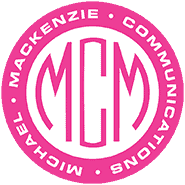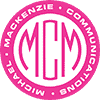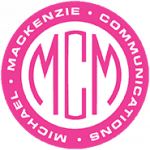Not sure when a press release should be written?
Have a new customer, new product or new service to announce, or perhaps a new employee, new office location or new partnership? Recently recognized for your success with an award or other accolade?
Each of these “news” items merits coverage with a press release (aka news release), drafted by our professional copywriters and ready to share.
A well constructed press release should include facts about the news you are sharing, including names, dates and locations, as well quotes from executives representing the firm or firms sharing the news. A press release is not the time to share opinions or facts that cannot be verified or sourced by the business publishing the announcement.
Professionally composed news releases, placed on the newswire (like AP, Businesswire or PRWeb) and distributed to the press, keep your company name in front of media, influencers and prospects. They also help to amp up your SEO, because Google likes “news” items. And, sharing them via email or social media with your customers, prospects, vendors, investors and community helps you earn respect and awareness, providing quantifiable benefit for your efforts.
Customer Success Stories and Testimonials Can Be Your Best Sales Materials
When the story warrants, a fully developed case study documenting a fruitful customer relationship or successful project carries the torch for your value message even further.
Here’s why you need to write a case study.
Case studies are often your single best piece of collateral. For some businesses, they may be the only collateral they need. Customer success stories — captured via phone interview with your happiest clients — describe not only how your product or service operates but also how it made your customer successful. Far better than you can tell the story yourself, they capture the spirit behind why your customer made the purchase decision, how they aligned with your firm and ultimately why the outcome delighted them.
Michael Mackenzie Communications simplifies the case study process for clients by assigning and following a strict development approach. We recognize that not every client will be willing to participate, but after decades of experience we have defined a process for capturing and publishing stories from and about members of the most closely held industries and organizations.


